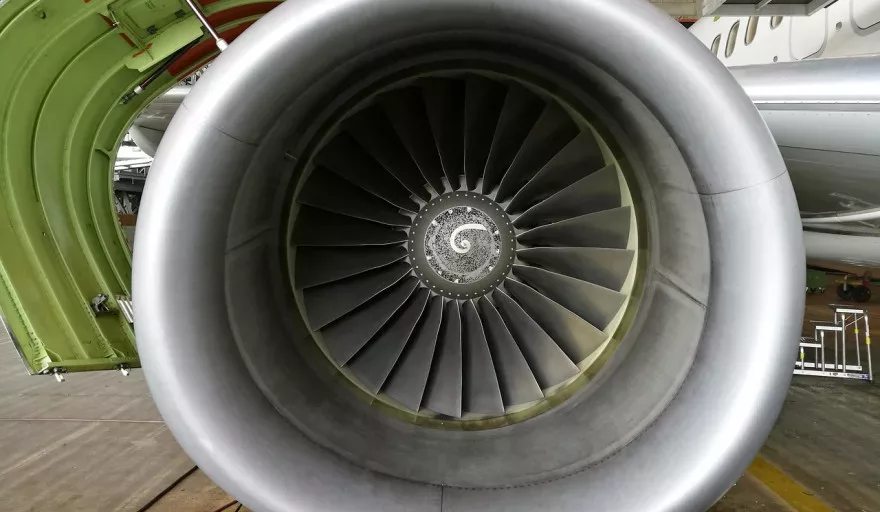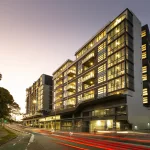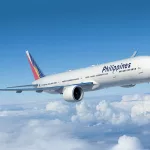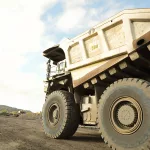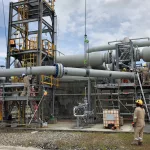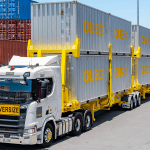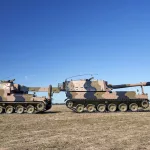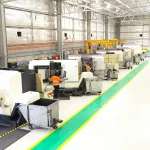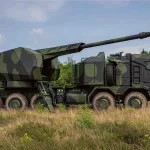
There are many predictions bandied about regarding the growth of IoT connected devices.
Whether it’s the popular 50 billion by 2020 or IHS Markit’s 125 billion by 2030, what is for certain is that the amount of connected and communicating machinery has already exploded well beyond the number of human beings on earth.
From talking refrigerators and driverless vehicles to wearable devices and industrial manufacturing robots, the boundaries of connectivity are ever being widened.
This extends into the commercial aviation industry, where for years passengers have been driving the adoption of new technology which has resulted in the widespread introduction of internet connectivity in the air.
However, the value of being connected is reaching far beyond the streaming of movies or accessing of emails mid-flight.
It also helps airlines, aircraft manufacturers and maintenance, repair and overhaul companies (MROs) remain competitive, stay ahead of the technological curve, and solve some of the industry’s biggest problems.
This is according to a recent study by Honeywell Aerospace (Honeywell Connected Aircraft Report), which presents three key findings.
First, connectivity is a must-have investment for commercial airlines, OEMs and maintainers; second, predictive maintenance is the next frontier of connected technologies; and third, the connectivity investment per aircraft is expected to rise significantly in the next five years.
These points are backed up by research from ICF International, which highlights the huge market opportunity across Asia Pacific for MRO services.
The region is set to overtake North America as the world’s largest generator of aircraft maintenance spend over the next few years, with roughly 30 percent of global air transport MRO originating from Asia Pacific airlines. Further, the firm predicts that the total MRO spend within Asia Pacific will double to approximately $41 billion by 2036.
Taking off
Honeywell Aerospace is primed to take advantage of this shift in activity towards Asia.
The company, headquartered in Arizona, USA, has a strong presence in the region, and Satesh Ramiah is its Senior Director of Commercial Aviation across Asia Pacific.
“I have been with Honeywell for 14 years now, and for me aerospace has always been an exciting sector to work in,” he reveals. “What we are seeing is a particularly strong opportunity for growth in the aftersales and MRO market in Asia, which is growing at 4.5 percent annually, much higher than the global average of 3.7 percent.
“This is driven by a lot of technology adoption and connected maintenance solutions. Clients are looking for predictive maintenance as a means to help minimise flight delays and reduce costs associated with unscheduled downtime, so it is an exciting time for me to help them achieve these objectives.”
Ramiah also cites International Air Transport Association figures which forecast the APAC region to be the largest driver of growth in commercial air travel in the coming years. Extending MRO operations in the region therefore makes economic and practical sense for airlines and manufacturers.
“It is our job to ensure that aircrafts fly with maximum efficiency, and we will be doing that more and more as the Asian MRO market grows,” Ramiah adds. “Our aim is for Honeywell to support the overall growth of the air industry here.”
An important regional hub for both the company and aftersales market more widely is Singapore.
The city state is recognised as a centre of excellence, investing in state-of-the-art capabilities and maintaining an efficient workforce in order to stay ahead of countries which have lower labour costs.
“While Singapore is a good example, it is not just about one country, rather a network across the whole region,” says Ramiah. “Airlines continue to look at how best they can reduce downtime costs, and that involves MRO operations in multiple countries.
“In 2017, for instance, we opened our new aftermarket HQ and regional distribution centre in Kuala Lumpur to strengthen our regional ownership and the support we can offer clients. We still have other facilities across Malaysia, China, the Philippines and Singapore, which cater to various elements of MRO operations.”
Connected Maintenance
Part of Honeywell’s GoDirect analytics platform, Connected Maintenance is a nose-to-tail solution that analyses aircraft data and delivers diagnostic information alongside predictive alerts.
Cathay Pacific, Singapore Airlines Group and Hainan Airlines are among the Asia Pacific airlines that have adopted the system to improve the reliability and efficiency of their flight operations.
By leveraging connectivity and big data, operators and maintenance crews are able to gather real-time data wirelessly from APUs and other components seamlessly and report any potential component failure before it happens.
“This is all about predictive maintenance,” says Ramiah. “Airlines want to minimise disruption and forecasting component failure is an important part of doing this.
“GoDirect, thanks to its algorithms and ability to pick out the right data, will allow you to see which parts are going to need replacing, so you can schedule repairs and replacements around this. We have already had notable success stories with clients here in Asia Pacific and have so far achieved an accuracy rating of 99 percent.”
Among the other Connected Maintenance benefits recorded by Honeywell so far include a 35 percent reduction in operational disruptions and 10-15 percent drop in premature removals of parts.
Commenting on the future role that predictive maintenance solutions such as this will play in the aviation industry, Ramiah circles back to Honeywell’s Connected Aircraft Report.
He concludes: “Predictive maintenance has been highlighted as the number one area to invest when it comes to airlines wanting to become more efficient.
“Looking at connectivity more widely, almost 85 percent of respondents said that they were either likely, very likely or extremely likely to purchase new connectivity-related technologies over the next year, with 58 percent further saying that predictive maintenance is a likely investment.
“We are gaining momentum with our current successes across Asia, and our objective is to enjoy continued success with Asian airlines. We will work with them to maximise their efficiency and minimise delays for their customers.”
About Sathesh Ramiah
Sathesh Ramiah is the Senior Director, Asia Pacific for the Honeywell Aerospace Commercial Aviation aftermarket business, headquartered in Phoenix, Arizona.
Based in Singapore, Ramiah leads the Asia Pacific airlines business teams across all regions including China. In this role, he is responsible for overseeing sales and business strategies, as well as all aspects of execution for his airline customers.
Ramiah has over 15 years of experience in the aviation industry and currently leads the commercial aviation aftermarket business initiatives in high growth regions in Asia Pacific and connected aircraft. He joined Honeywell in September 2004 and previously was the Director of Finance for one of the key airlines business units.
Ramiah holds a master’s degree in Business Administration from University of Singapore and a bachelor’s degree in Finance and Marketing from Murdoch University, Australia.

